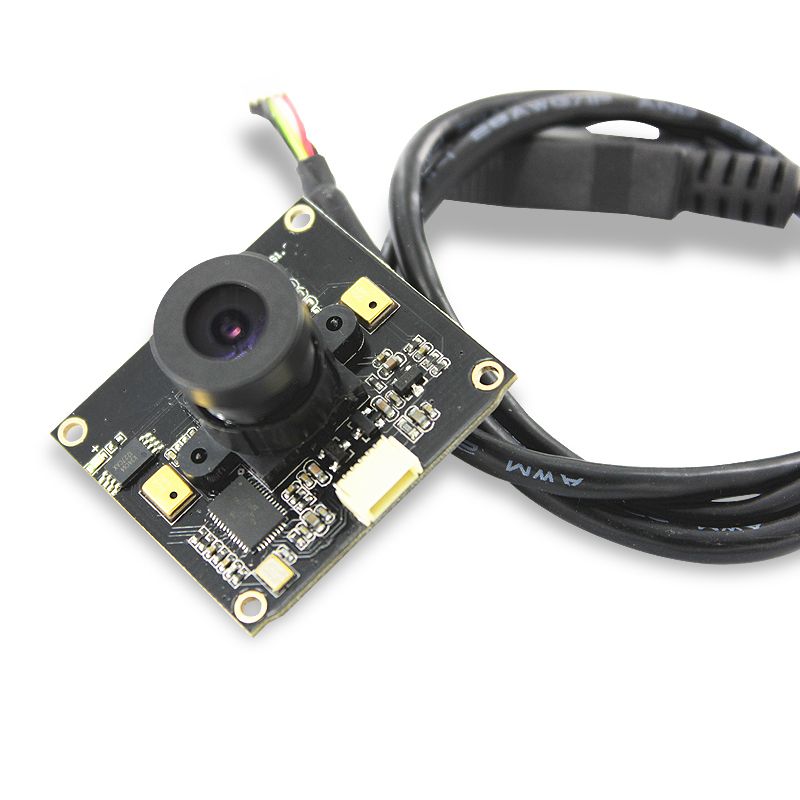How to Choose the Best USB Camera Module for Your Project
USB camera modules are widely used in various industries, including robotics, security, healthcare, and consumer electronics. Choosing the right USB camera module for your project can be challenging due to the wide range of available options, each with different features and specifications. This guide will help you navigate the key factors to consider when selecting the best USB camera module for your project.
Understand Your Project Requirements
The first step in choosing the right USB camera module is to clearly define your project’s specific needs. Consider the following questions:
What is the purpose of the camera? Is it for security, machine vision, video conferencing, or something else?
What type of environment will it be used in? Will it be indoors or outdoors, in low light or bright light conditions?
What resolution and image quality are required? Do you need high-resolution images, or is a lower resolution sufficient?
What is your budget? USB camera modules come in a wide range of price points, so it’s important to know how much you can spend.
Defining these factors will help narrow down your options and ensure the camera you choose aligns with your project goals.

Consider Resolution and Frame Rate
Resolution and frame rate are two of the most important factors when selecting a USB camera module:
Resolution determines the clarity and detail of the images or videos captured by the camera. Common resolutions include 720p (HD), 1080p (Full HD), and 4K (Ultra HD). Choose a resolution based on your project's requirements for image quality.
Frame rate refers to how many frames per second (fps) the camera can capture. A higher frame rate is essential for applications that require smooth video playback, such as video conferencing or machine vision systems. For most general uses, 30 fps is adequate, but for fast-moving objects or robotics, 60 fps or higher may be necessary.
Evaluate Lens Quality and Field of View
The quality of the camera lens and the field of view (FOV) are critical for capturing the right images:
Lens quality affects the sharpness, contrast, and color accuracy of the images. Higher-quality lenses provide better overall image quality, making them ideal for precision applications like medical devices or industrial inspection.
Field of view refers to the extent of the scene the camera can capture. A wider FOV is better for surveillance or large-area monitoring, while a narrower FOV is more suitable for focusing on specific objects or areas.
Ensure the lens and FOV specifications match the needs of your project for optimal performance.
Assess Connectivity and Compatibility
It’s important to choose a USB Micro camera module that is compatible with your system. Consider:
USB version: Most modern USB camera modules use USB 2.0 or USB 3.0. USB 3.0 offers faster data transfer speeds and better performance for high-resolution video. Make sure your computer or device supports the USB version of the camera.
Drivers and software support: Check whether the camera module is compatible with the operating system or software platforms you are using, such as Windows, Linux, or Android. Some cameras also come with software development kits (SDKs) for easier integration into custom projects.
Check for Special Features
Depending on your project, certain special features may be important:
Autofocus and manual focus: Autofocus is essential for capturing clear images in dynamic environments, while manual focus might be preferred for applications where precise control is needed.
Low-light performance: If your project requires capturing images in low-light conditions, choose a camera with infrared (IR) capabilities or enhanced low-light sensitivity.
HDR (High Dynamic Range): HDR improves the camera’s ability to capture details in both bright and dark areas of the image, which is useful for high-contrast environments.
Durability and weatherproofing: For outdoor applications, consider a camera module with waterproof or ruggedized features to withstand harsh conditions.
Budget and Manufacturer Reputation
Finally, your budget and the reputation of the camera module manufacturer should be considered:
Budget: USB camera modules come in a range of prices, from budget-friendly options to high-end models with advanced features. Determine what features are essential for your project and allocate your budget accordingly.
Manufacturer reputation: Research the manufacturer’s reputation for quality and reliability. Look for customer reviews, product support, and warranties to ensure you are investing in a reliable camera module.
Conclusion
Selecting the best USB camera module for your project involves careful consideration of various factors, including resolution, frame rate, lens quality, connectivity, and special features. By understanding your project’s requirements and balancing them with your budget, you can choose a camera module that delivers optimal performance for your specific application. With the right USB camera module, you can ensure your project runs smoothly and meets your goals effectively.
247
0
0
All Comments (0)
Previous: Understanding Heat Seal Tester Prices: A Guide
Next: How Does Acoustic Emission Testing Methodology Guide Work?
If you are interested in sending in a Guest Blogger Submission,welcome to write for us!


Comments